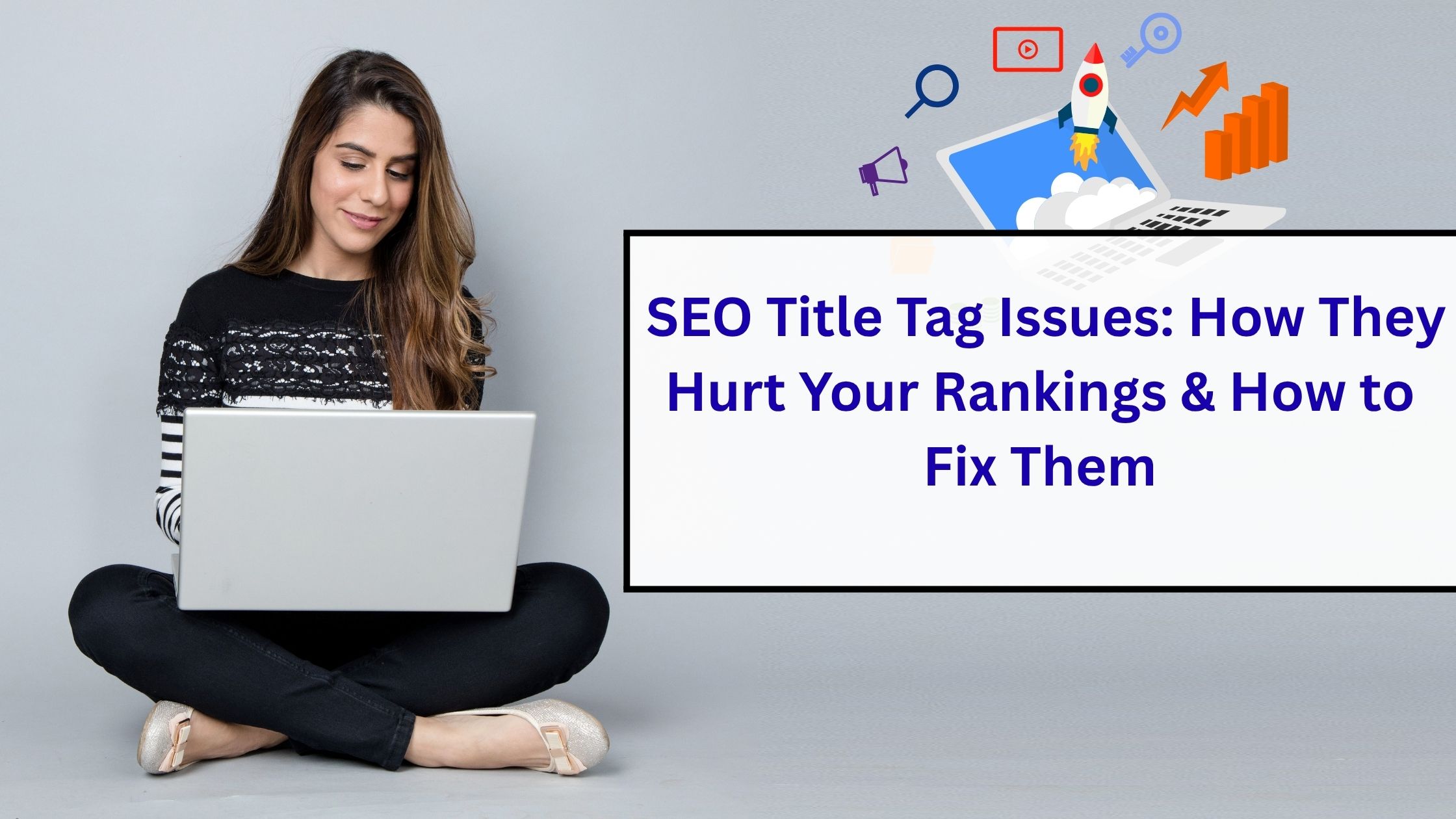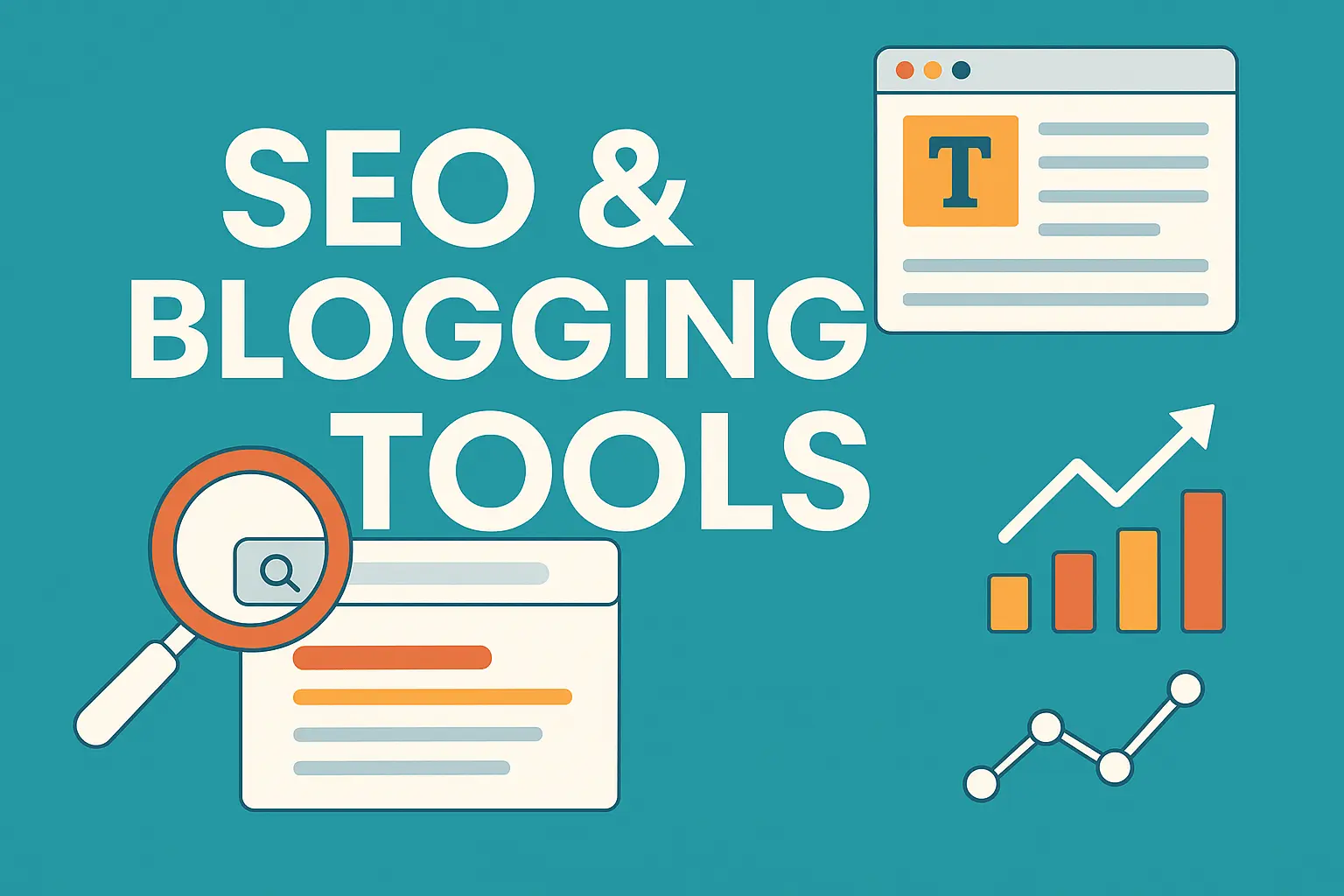
1. Start with Keyword Research
Before creating content, identify the keywords and phrases your target audience is searching for. Use tools like Google Keyword Planner to find relevant keywords with a good balance of search volume and competition. How to Optimize Your Website for SEO Focus on long-tail keywords (e.g., “best SEO tips for small businesses”) as they are more specific and often easier to rank for
2. Optimize On-Page Elements

On-page SEO involves optimizing individual web pages so they rank higher. Key elements include:
-
Title Tags: Your page title should be clear, descriptive, and include your main keyword.
-
Meta Descriptions: This short summary appears below your title in search results. Make it compelling and include relevant keywords.
-
Headings (H1, H2, H3, etc.): Structure your content using headings. The H1 tag should include your primary keyword and reflect How to Optimize Your Website for SEO the page’s main topic.
-
URL Structure: Use clean, readable URLs. For example, use
example.com/seo-tipsinstead ofexample.com=1234. -
Image Optimization: Compress images for faster load times and use descriptive file names and alt text for accessibility and SEO.
- How to Optimize Your Website for SEO
3. Create High-Quality Content
Content is king in the SEO Google prioritizes content that is original, informative, and valuable to users. Aim to answer users’ questions better than your competitors. How to Optimize Your Website for SEOUse a mix of text, images, videos, and infographics to keep users engaged. Ensure your content is regularly updated to remain relevant.
Some content best practices include:
-
Avoid keyword stuffing.
-
Use internal links to related content on your site.
-
Include external links to high-authority sources when relevant.
-
Focus on readability: short paragraphs, bullet points, and clear language.
4. Improve Website Speed and Mobile Usability
Google considers user experience a ranking factor. A slow website can lead to higher bounce rates and lower rankings. You can improve speed by:
-
Compressing images and videos.
-
Minimizing code (HTML, CSS, JavaScript).
-
Using a fast, reliable hosting provider.
-
Enabling browser caching.
Additionally, your website must be mobile-friendly. Use responsive design to ensure your site looks and functions well on all devices How to Optimize Your Website for SEO
5. Build Quality Backlinks
Backlinks—links from other websites to yours—are one of the strongest ranking signals. Focus on earning high-quality backlinks by:
-
Creating shareable content.
-
Guest posting on reputable blogs.
-
Reaching out to industry influencers.
-
Submitting your website to relevant directories.
Avoid buying backlinks or participating in link schemes, as these can result in penalties from Google.
6. Use Technical SEO Best Practices

Technical SEO ensures that search engines can properly crawl and index your website.How to Optimize Your Website for SEO Important steps include:
-
Creating and submitting an XML sitemap to Google Search Console.
-
Using robots.txt to guide search engine crawlers.
-
Fixing broken links and redirect issues.
-
Implementing structured data (schema markup) to help search engines understand your content better.
7. Monitor and Adjust Your Strategy
SEO is an ongoing process. Use tools like Google Analytics and Google Search Console to track your site’s performance. Monitor traffic sources, bounce rates, and keyword rankings. Based on this data, adjust your strategy to improve weak areas and build on strengths.



